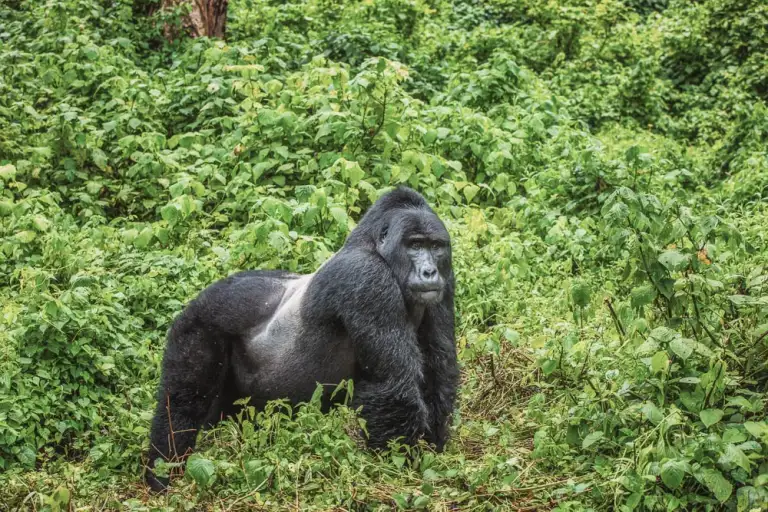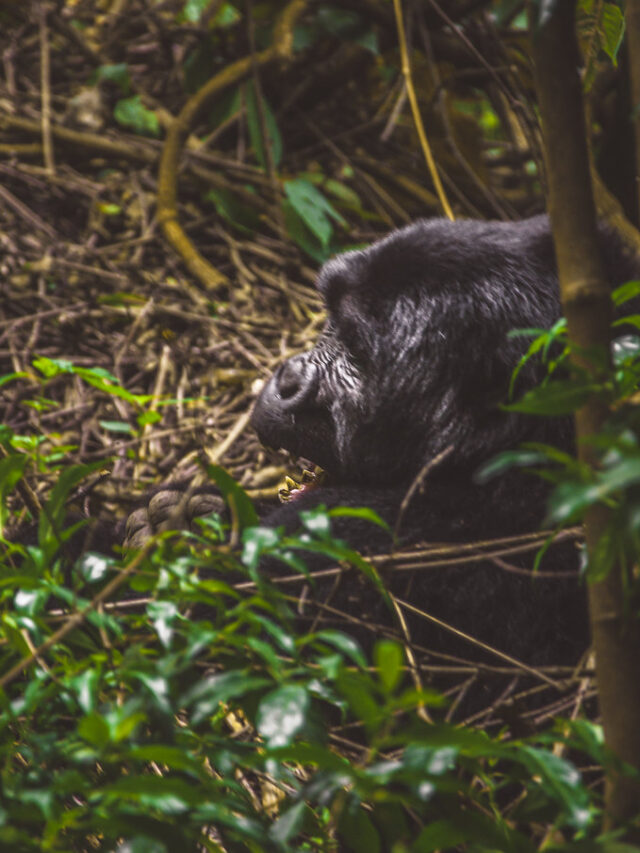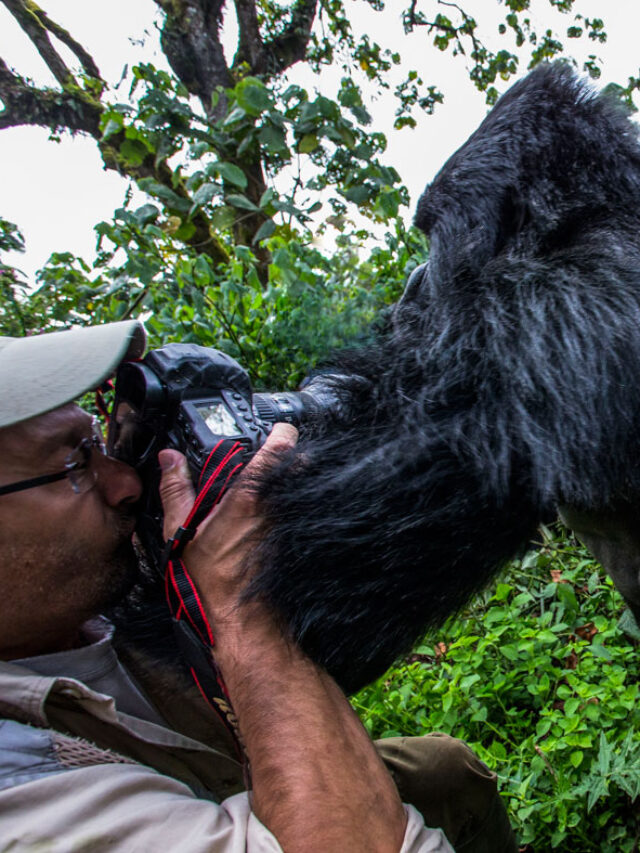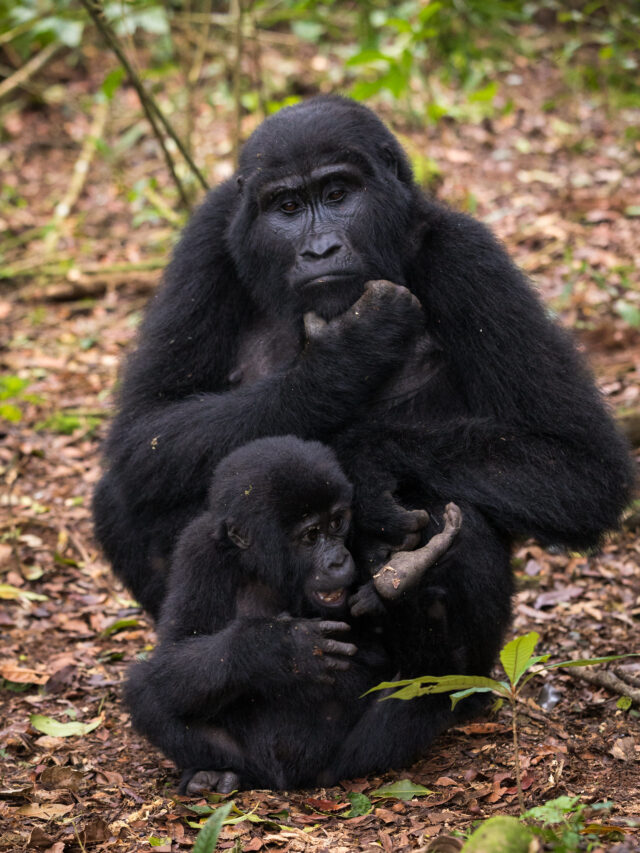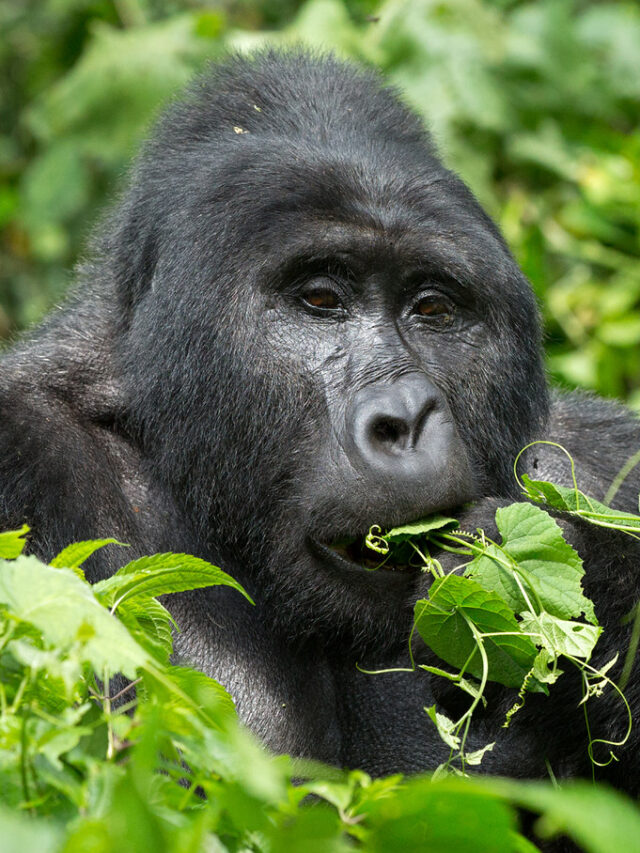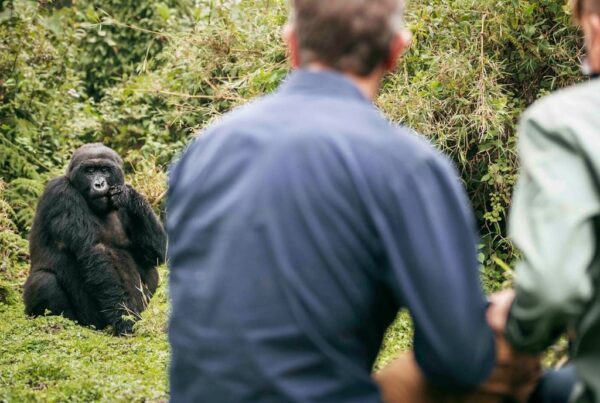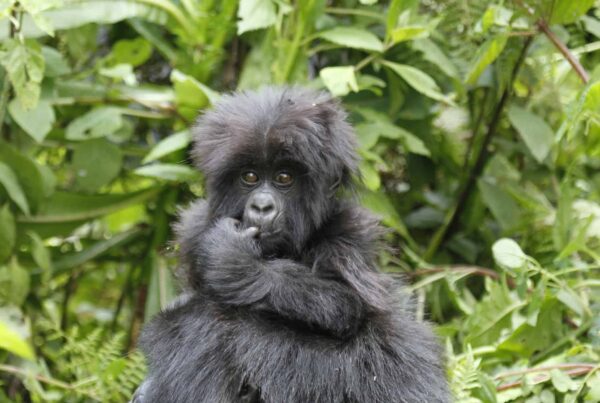Do All Gorillas Become Silverbacks? Understanding the Journey of Male Gorillas
What Is a Silverback Gorilla?
When most people imagine a mountain gorilla, the iconic image that comes to mind is the powerful, broad-chested male with silver-gray hair running down his back. This magnificent figure is known as the silverback, a term used to describe mature, dominant male gorillas typically aged 12 years and older. The silverback is the leader of the gorilla group—wise, strong, and protective.
But does every gorilla become a silverback? The simple answer is no. While all male gorillas have the potential to develop the distinctive silver fur on their backs, not all will live to reach this stage or attain the status of a dominant silverback.
The Life Stages of Male Gorillas
Male gorillas go through several important phases during their growth. When young, they are called infants and then juveniles, followed by subadults as they grow bigger and stronger. The subadult phase, roughly from ages 8 to 12, is a transitional time where males begin to develop secondary sexual characteristics, including increased muscle mass and the start of the silver fur on their backs.
Only after around 12 years do males fully develop the silver coloration on their backs and begin to exhibit the behaviors associated with a silverback, such as leading a troop, defending territory, and mediating social conflicts within the group.
Not Every Male Becomes a Dominant Leader
Do All Gorillas Become Silverbacks — While many male gorillas develop silverbacks, not all of them become dominant leaders. In fact, only one silverback typically leads a family group at a time. This dominant silverback has earned his position through strength, maturity, and social skill. Other mature males in the group, sometimes called blackbacks (younger males without silver backs), often remain subordinate or may leave to try to start their own group.
Some males never get to lead a group or live long enough to develop the silverback status. Natural challenges, competition, and threats from predators or rival males can prevent them from reaching this peak.
The Importance of the Silverback Role
The silverback’s role is vital. He protects the family from danger, decides when and where to move for food, and maintains social harmony among group members. His presence stabilizes the group, which often includes several females and their offspring. The silverback’s leadership ensures survival in the wild’s complex environment.
This role is not just about strength; it demands wisdom, patience, and the ability to read social cues—qualities the silverback refines over years.
What Happens When a Silverback Ages or Dies?
When an aging silverback can no longer lead effectively, or if he dies, younger males may challenge for leadership or disperse to find new mates and establish their own groups. This natural cycle is part of gorilla society’s balance and keeps genetic diversity alive.

